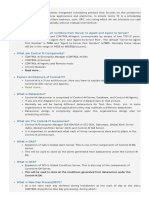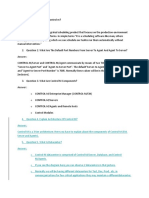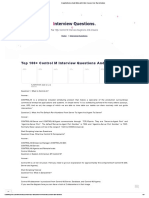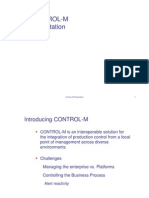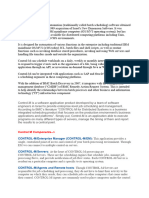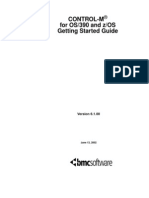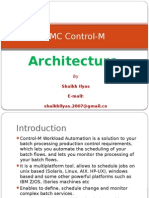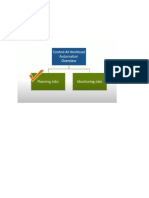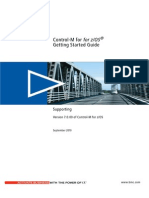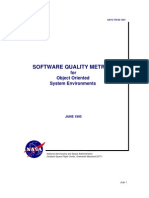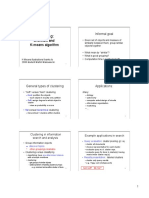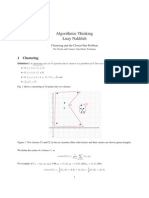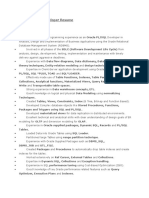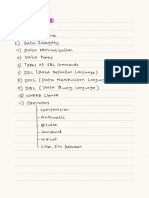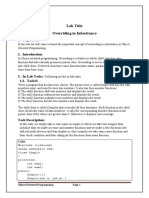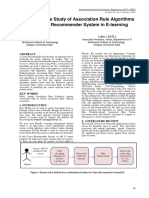0% found this document useful (0 votes)
99 views11 pagesControl M Questions
The document provides an overview of Control-M processes, including the New Day Process (NDP), Order Date (ODAT), and job statuses. It explains the significance of scheduling, resource management, and job manipulation commands within Control-M. Additionally, it outlines various job types, scheduling criteria, and the importance of post-processing notifications.
Uploaded by
gokulbhujade46Copyright
© © All Rights Reserved
We take content rights seriously. If you suspect this is your content, claim it here.
Available Formats
Download as DOC, PDF, TXT or read online on Scribd
0% found this document useful (0 votes)
99 views11 pagesControl M Questions
The document provides an overview of Control-M processes, including the New Day Process (NDP), Order Date (ODAT), and job statuses. It explains the significance of scheduling, resource management, and job manipulation commands within Control-M. Additionally, it outlines various job types, scheduling criteria, and the importance of post-processing notifications.
Uploaded by
gokulbhujade46Copyright
© © All Rights Reserved
We take content rights seriously. If you suspect this is your content, claim it here.
Available Formats
Download as DOC, PDF, TXT or read online on Scribd
/ 11
